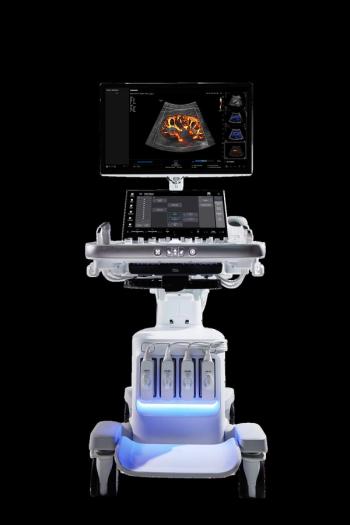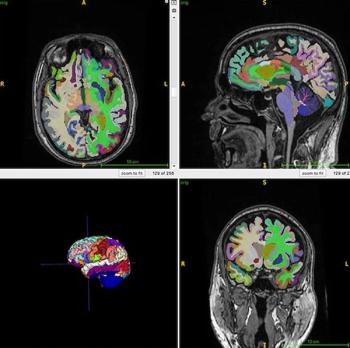
Dual-Energy CT Improves Diagnosis of Metastatic Lymph Nodes with Non-Small Cell Lung Cancer
DECT and electron density offers more accurate differentiation between metastatic and non-metastatic lymph nodes when compared to FDG PET/CT.
Using dual-energy CT (DECT) with an electron density (ED) measurement can improve the diagnosis of metastatic lymph nodes in patients who have non-small cell lung cancer (NSCLC) when compared to FDG PET/CT, new research has pointed out.
During this year’s Radiological Society of North America (RSNA) annual meeting, investigators from Kagoshima University in Japan shared the results of their study that showed a DECT-ED combination greatly augments the specificity of lymph node diagnosis.
Currently, conventional CT and FDG PET/CT are used for diagnosis in these situations, but their performance has been unsatisfactory, said Hiroaki Nagano, an associate professor at Kagoshima with an expertise in radiation science. Consequently, providers need an imaging modality that can be more accurate.
“We hypothesized that DECT-derived parameters, including ED, can help diagnose metastatic lymph nodes in patients with non-small cell lung cancer and may have additive diagnostic value to PET/CT,” he said.
By measuring ED, DECT has already proven useful in differentiating between high-grade and low-grade central nervous system gliomas. To see if it could do the same thing for lymph nodes with this patient population, Nagano’s team examined studies from 57 patients with pathologically confirmed NSCLC who underwent pre-operative DECT and FDG PET/CT.
“To our knowledge, this is the first report demonstrating that usefulness of ED in diagnostic metastatic lymph nodes in patients with non-small cell lung cancer,” he said.
Of the group, 37 had adenocarcinomas, 19 had squamous cell carcinomas, and 1 had pleomorphic carcinoma. Among the 117 lymph nodes visualized, 84 were non-metastatic, and 33 were metastatic – 57 in the N1 region, and 60 in N2. The team assessed the nodes for size, necrosis, calcification, margin clarity, and shape, then they compared CT features, PET/CT positive findings, CT value, and ED value between the non-metastatic and metastatic lymph nodes.
Based on their analysis, 15 percent of metastatic lymph nodes were necrotic, but only 1 percent of non-metastatic ones were. In addition, ED measurements for metastatic and non-metastatic lymph nodes were 3.47 and 3.50, respectively, and 65 percent of metastatic nodes were PET/CT positive, while only 25 percent of non-metastatic nodes were.
According to these results, Nagano said, metastatic nodes can be associated with necrosis and interstitial fibrous change. This can result in lower ED values on metastatic nodes than non-metastatic nodes. Their findings of ED being significantly lower with metastatic lymph nodes falls in line with this existing evidence.
When compared to PET/CT positive alone, PET/CT positive and ED outperformed in almost every way. PET/CT positive alone only performed better with sensitivity, 66.7 percent to 60.6 percent with PET/CT positive and ED.
Nagano noted that the study population used was small so additional research with larger groups is warranted. But, overall, he said, these findings indicate that the combination of PET/CT and ED performs with higher accuracy that PET/CT alone. It is, therefore, more useful in differentiating between non-metastatic and metastatic lymph nodes.
For additional RSNA coverage, click
Newsletter
Stay at the forefront of radiology with the Diagnostic Imaging newsletter, delivering the latest news, clinical insights, and imaging advancements for today’s radiologists.



























